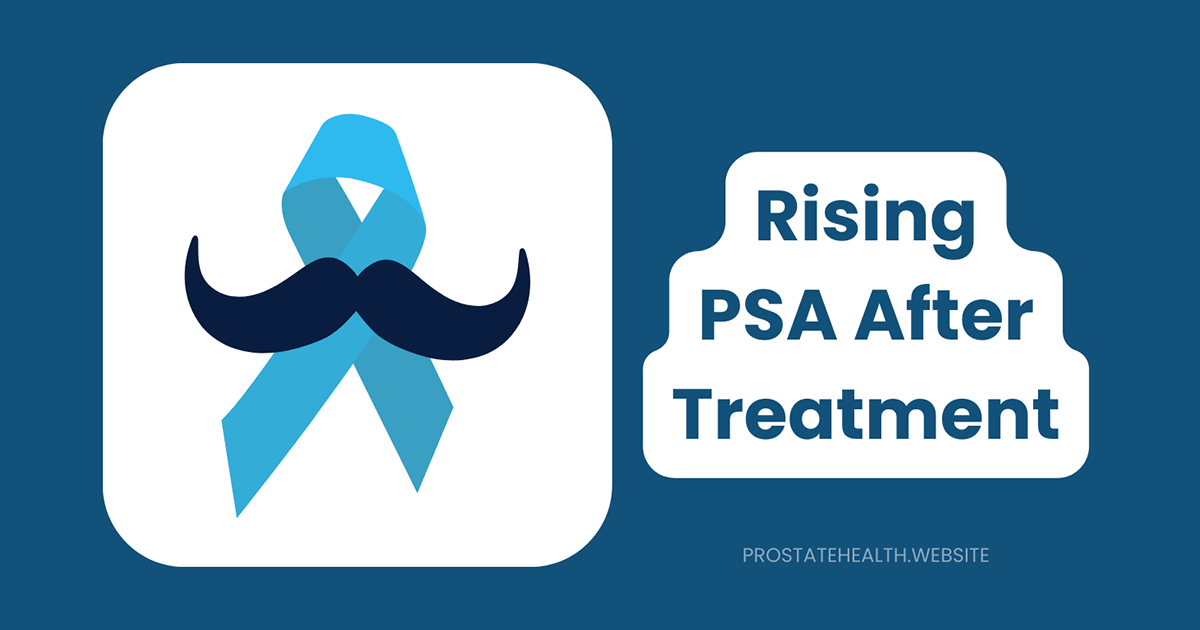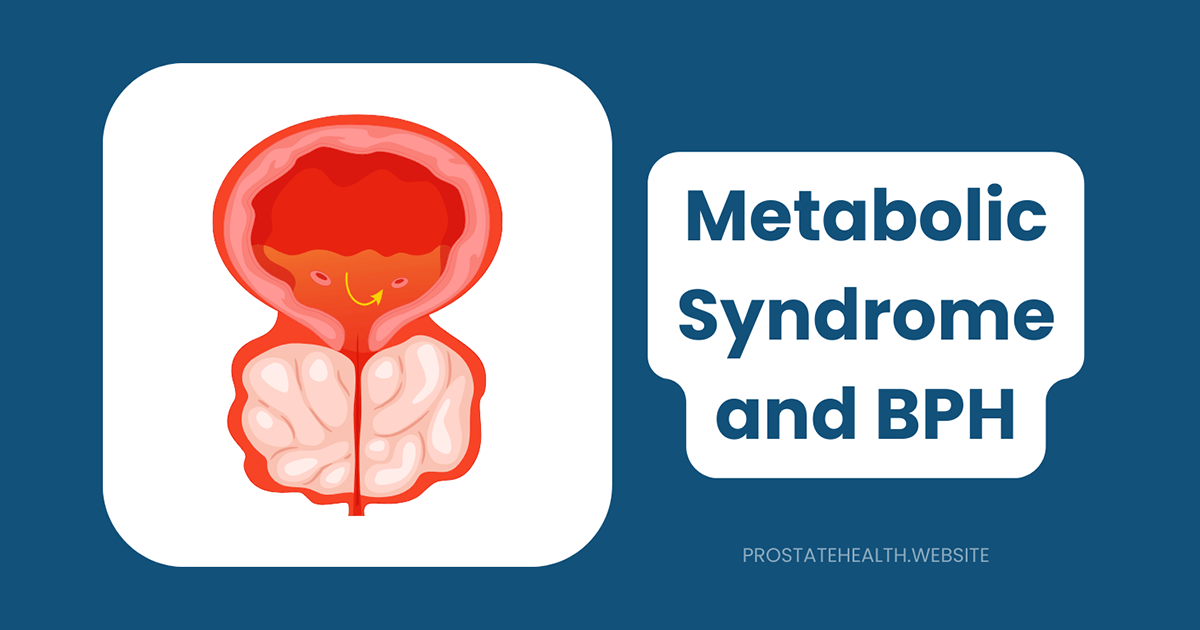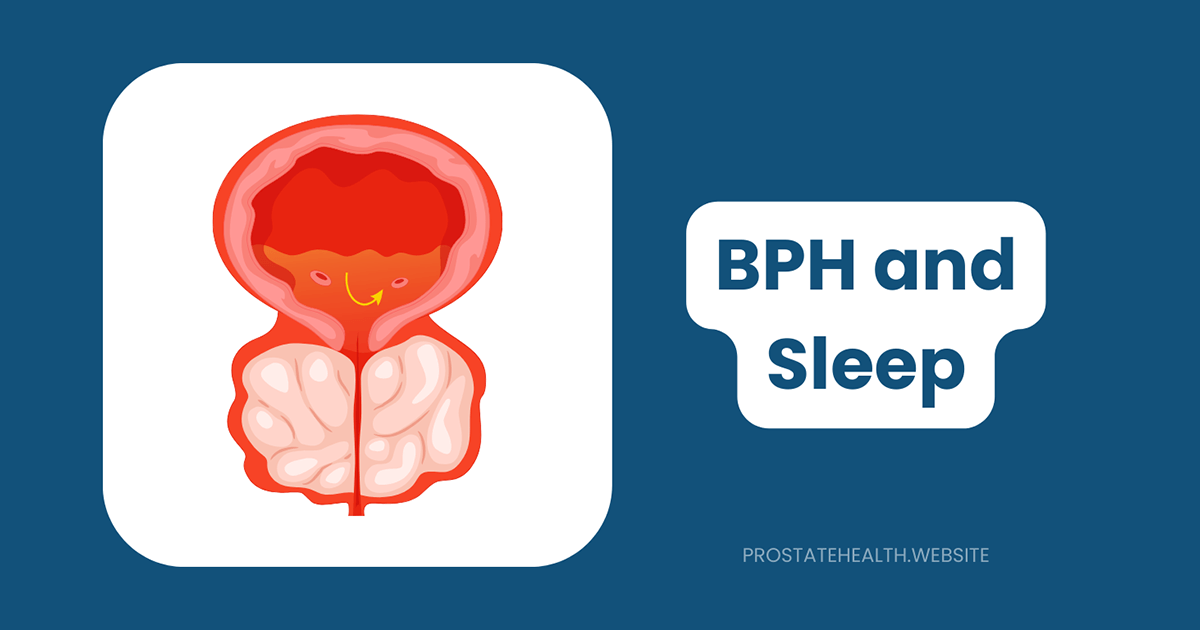Biochemical Recurrence After Prostate Cancer Treatment: What Now?

“Your PSA is rising.”
These four words can trigger a wave of anxiety for men who have previously undergone treatment for prostate cancer. After surgery or radiation therapy, you expected to put cancer behind you. Now, this biochemical signal suggests the journey isn’t over.
As someone who has guided countless men through this challenging phase, I understand the confusion, fear, and uncertainty that accompanies a biochemical recurrence. Today, I’m sharing what you need to know about rising PSA after prostate cancer treatment—what it means, how it’s evaluated, and what treatment options are available.
Understanding Biochemical Recurrence: What Does It Mean?
Biochemical recurrence (BCR) refers to a rising prostate-specific antigen (PSA) level after definitive treatment for prostate cancer, without evidence of cancer on conventional imaging studies.
After Radical Prostatectomy
Following surgical removal of the prostate, PSA should drop to undetectable levels (typically less than 0.1 ng/mL) within 4-6 weeks. Biochemical recurrence after prostatectomy is generally defined as:
- Two consecutive PSA readings of ≥0.2 ng/mL
- In some centers, a single reading of ≥0.4 ng/mL (which may better predict subsequent progression)
After Radiation Therapy
After radiation, PSA typically drops gradually over 12-18 months to a low point (nadir). Biochemical recurrence after radiation is defined as:
- A rise of 2.0 ng/mL or more above the lowest PSA reading (known as the “Phoenix criteria”)
Dr. James Wilson, urologist at University Medical Center, explains: “Biochemical recurrence doesn’t necessarily mean you have symptoms or that cancer has spread. It’s a biochemical signal that some cancer cells have survived the initial treatment and are producing PSA.”
How Common Is Biochemical Recurrence?
Approximately 20-40% of men treated for localized prostate cancer will experience biochemical recurrence within 10 years of treatment. However, it’s important to note that not all men with BCR will develop metastatic disease or die from prostate cancer.
What Does Biochemical Recurrence Mean for My Prognosis?
The significance of a rising PSA varies considerably between individuals. Several factors help predict how aggressive the recurrence might be:
1. PSA Doubling Time (PSADT)
This measures how quickly your PSA level doubles and is one of the most important prognostic factors:
- PSADT >12 months: Generally indicates slower-growing cancer with better prognosis
- PSADT 6-12 months: Intermediate risk
- PSADT <6 months: Suggests more aggressive disease with higher risk of metastasis
Research shows that men with a PSADT less than 9 months have a significantly higher risk of developing metastases and dying from prostate cancer.
2. Time to Biochemical Failure
How long after your initial treatment did the PSA begin to rise?
- >3 years: Generally favorable prognosis
- 1-3 years: Intermediate prognosis
- <1 year: May indicate more aggressive disease
3. Original Pathology
The characteristics of your original cancer remain important:
- Gleason score/Grade Group (particularly Grade Group 4-5)
- Pathological stage
- Positive surgical margins
- Lymph node involvement
4. PSA Level at Recurrence
Lower PSA levels at the time of recurrence (particularly <0.5 ng/mL after prostatectomy) are associated with better outcomes with salvage therapy.
Diagnostic Evaluation: Where Is the Cancer?
When PSA rises, the critical question becomes: Where are the cancer cells located? This determines your treatment options.
Conventional Imaging
Traditional imaging studies include:
- Bone scan: Looks for cancer spread to bones
- CT scan: Examines soft tissues, particularly lymph nodes
- MRI: Provides detailed images of the prostate bed and surrounding tissues
However, conventional imaging often shows no abnormalities in men with early biochemical recurrence, particularly when PSA levels are low.
Advanced Imaging
Newer imaging techniques are revolutionizing how we detect recurrent prostate cancer:
- PSMA PET/CT: This groundbreaking technology can detect recurrent prostate cancer at much lower PSA levels than conventional imaging. Studies show detection rates of approximately:
- 38% when PSA <0.5 ng/mL
- 55% when PSA 0.5-1.0 ng/mL
- 80% when PSA >1.0 ng/mL
- Multiparametric MRI: Provides detailed images that can detect local recurrence in the prostate bed after surgery or within the prostate after radiation.
Dr. Sarah Chen, radiation oncologist, notes: “PSMA PET imaging has dramatically changed how we approach biochemical recurrence. We can now detect tiny metastases that were previously invisible, allowing for more targeted treatment approaches.”
Treatment Options: A Personalized Approach
Treatment for biochemical recurrence depends on several factors, including the likely location of recurrence, your previous treatments, PSA kinetics, and overall health.
Local Recurrence After Prostatectomy
If cancer appears to be confined to the prostate bed:
Salvage Radiation Therapy (SRT)
- Most effective when initiated early (PSA <0.5 ng/mL, ideally <0.2 ng/mL)
- Typically delivers 64-72 Gy to the prostate bed
- May include pelvic lymph nodes in high-risk cases
- Can achieve long-term PSA control in 40-60% of patients
Hormone Therapy with Radiation
Adding short-term androgen deprivation therapy (ADT) to salvage radiation may improve outcomes, particularly for men with:
- PSA >0.5 ng/mL
- Rapid PSADT (<6 months)
- Higher Gleason scores (8-10)
- Positive surgical margins
The RTOG 9601 study showed that adding 24 months of bicalutamide to salvage radiation improved overall survival, particularly in men with PSA >0.6 ng/mL before salvage radiation.
Local Recurrence After Radiation
Options for cancer that appears to have recurred within the prostate include:
Salvage Prostatectomy
- Technically challenging with higher complication rates than primary surgery
- Generally reserved for younger, healthier men with longer life expectancy
- Can provide long-term cancer control in carefully selected patients
Salvage Ablative Therapies
- Cryotherapy (freezing the prostate)
- High-intensity focused ultrasound (HIFU)
- Typically associated with fewer complications than salvage surgery but may have lower cancer control rates
Metastatic Recurrence
If imaging shows cancer has spread beyond the prostate region:
Metastasis-Directed Therapy (MDT)
For oligometastatic disease (limited number of metastases, typically ≤3-5):
- Stereotactic body radiation therapy (SBRT) to visible metastases
- May delay need for systemic therapy
- Studies show improved metastasis-free survival and ADT-free survival
Systemic Therapy
For more extensive metastatic disease or rapidly rising PSA:
- Androgen deprivation therapy (ADT)
- ADT plus newer hormonal agents (enzalutamide, apalutamide, darolutamide)
- The EMBARK trial showed that combining enzalutamide with leuprolide improved metastasis-free survival to 87.5% at 5 years compared to 71.4% with leuprolide alone
Risk-Adapted Approach: Matching Treatment to Risk
Current guidelines recommend a risk-adapted approach to biochemical recurrence:
Low-Risk Biochemical Recurrence
Defined as:
- PSADT >1 year
- Time to biochemical failure >18 months after primary therapy
- Grade Group <4 (Gleason score <8)
Management options:
- Close observation with regular PSA monitoring
- Consider salvage local therapy if appropriate
- Defer systemic therapy until evidence of metastasis or symptoms
High-Risk Biochemical Recurrence
Defined as:
- PSADT ≤1 year
- Time to biochemical failure ≤18 months after primary therapy
- Grade Group 4-5 (Gleason score 8-10)
Management options:
- Earlier intervention with salvage therapy
- Consider adding systemic therapy to local treatment
- More intensive monitoring with advanced imaging
- Consider clinical trials
Robert, 64, shares his experience: “When my PSA started rising three years after my prostatectomy, my doctor classified me as low-risk based on my slow doubling time of 18 months. We opted for careful monitoring rather than immediate treatment. Five years later, my PSA has stabilized, and I’ve avoided the side effects of additional treatments.”
Emotional Impact and Coping Strategies
A rising PSA after previous treatment can trigger significant emotional distress. Studies show that up to 8-10% of prostate cancer survivors experience clinical levels of fear of cancer recurrence.
Common Emotional Responses
- Shock and disbelief
- Anxiety and fear
- Anger and frustration
- Sadness or depression
- Uncertainty about the future
Coping Strategies
1. Seek Accurate Information
Understanding your specific situation can help reduce anxiety. Ask your healthcare team:
- What is my PSA doubling time?
- What is my risk category?
- What are my treatment options?
- What would happen if we delay treatment?
2. Build a Support Network
- Share your concerns with trusted family and friends
- Consider joining a prostate cancer support group
- Connect with others through organizations like ZERO – The End of Prostate Cancer or Us TOO
3. Focus on Overall Wellbeing
- Maintain physical activity, which can reduce anxiety and improve mood
- Practice stress reduction techniques like meditation or deep breathing
- Ensure adequate sleep and nutrition
- Consider professional counseling if anxiety or depression is significant
Michael, 58, reflects: “The emotional impact of my rising PSA was almost worse than my initial diagnosis. What helped most was connecting with other men going through the same thing. Hearing their stories and knowing I wasn’t alone made a huge difference in my ability to cope.”
Clinical Trials: Exploring New Options
For men with biochemical recurrence, clinical trials offer access to promising new treatments before they’re widely available.
Types of Trials for Biochemical Recurrence
- Novel Imaging Studies: Testing new tracers and techniques to better detect recurrent disease
- Immunotherapy Trials: Investigating whether immunotherapy can delay progression after biochemical recurrence
- Targeted Therapy Trials: Exploring drugs that target specific genetic mutations in prostate cancer
- Combination Therapy Trials: Testing combinations of hormonal, targeted, and immunotherapeutic approaches
Finding Clinical Trials
Resources for finding appropriate trials include:
Dr. Wilson advises: “I encourage my patients with biochemical recurrence to consider clinical trials, particularly those with high-risk features. These trials not only provide access to cutting-edge treatments but also advance our understanding of how to better manage recurrent prostate cancer.”
Questions to Ask Your Doctor
When facing biochemical recurrence, consider asking your healthcare team:
- What is my PSA doubling time, and what does it suggest about my prognosis?
- What imaging studies do you recommend, and what might they show?
- Based on my risk factors, what treatment approach do you recommend?
- What are the potential benefits and side effects of each treatment option?
- How might treatment affect my quality of life?
- Are there clinical trials that might be appropriate for me?
- What happens if we choose observation rather than immediate treatment?
- How often should my PSA be monitored?
- What lifestyle changes might help support my overall health?
The Bottom Line: Personalized Decision-Making
Biochemical recurrence after prostate cancer treatment represents a crossroads that requires careful consideration of multiple factors:
- The characteristics of your recurrence (PSA kinetics, timing)
- Your original cancer features (grade, stage)
- Your age and overall health
- Your personal preferences regarding quality of life and treatment side effects
Dr. Chen emphasizes: “There’s rarely a one-size-fits-all approach to biochemical recurrence. The good news is that we have more effective options than ever before, and many men live for many years—even decades—after biochemical recurrence with good quality of life.”
Conclusion: Reason for Hope
While a rising PSA after prostate cancer treatment is certainly concerning, it’s important to remember that:
- Not all biochemical recurrences lead to clinical progression or metastasis
- Many effective treatment options exist, with new approaches emerging regularly
- Risk stratification helps identify which men need more aggressive intervention
- Advanced imaging techniques allow for more precise and personalized treatment
- Many men live long, fulfilling lives even after experiencing biochemical recurrence
If you’re facing biochemical recurrence, work closely with your healthcare team to understand your specific situation and develop a personalized plan that balances cancer control with quality of life.
Have you experienced biochemical recurrence after prostate cancer treatment? Share your experience in the comments below—your insight might help another man navigating this challenging journey.






